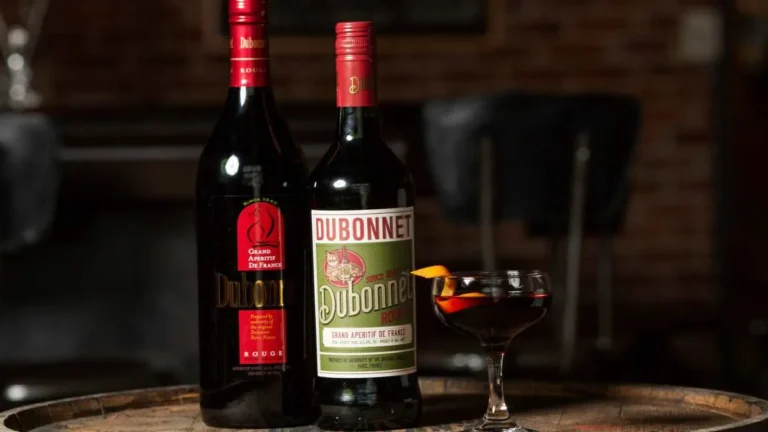Dubonnet, the iconic aperitif known for its rich history and complex flavor profile, has been a staple in the world of spirits since its inception in 1846. Developed by Joseph Dubonnet in response to a French government competition, its primary aim was to entice the French Foreign Legionnaires in North Africa to consume quinine, a compound known for its anti-malarial properties but notorious for its bitterness. This in-depth article explores the fascinating journey of Dubonnet from a medicinal tonic to a beloved beverage of royalty.
Origins and Historical Context
The story of Dubonnet begins in the mid-19th century when the French government was actively seeking solutions to improve the health of soldiers stationed in malaria-prone areas. Joseph Dubonnet, an entrepreneur and wine merchant, saw this as an opportunity and created a wine-based drink infused with quinine. This not only masked the bitter taste of quinine but also made it enjoyable to drink.
Dubonnet’s recipe was a novel concoction of red wine fortified with a blend of herbs, spices, and a touch of additional alcohol to halt fermentation. The initial blend used Ruby Red, Ruby Cabernet, and Muscat of Alexandria grapes, providing a robust and fruity backbone to support the complex mix of added flavors, including blackcurrant and essence of various tea varietals.
Ingredients and Production
The classic formulation of Dubonnet involves four main ingredients, each contributing to its unique taste and characteristics:
- Red Wine Base: The foundation of Dubonnet is a carefully selected mix of red wines, which are known for their rich, deep flavors. The use of Ruby Red, Ruby Cabernet, and Muscat of Alexandria grapes ensures a balanced sweetness and body that is ideal for an aperitif.
- Herbs and Spices: To complement the wine base, a variety of herbs and spices are added. Among these, blackcurrant lends a fruity note, while the essence of tea adds a subtle aromatic complexity. This intricate mixture is what gives Dubonet its distinct profile, differentiating it from other wine-based aperitifs.
- Cinchona Bark: The key medicinal ingredient in Dubonet is cinchona bark, the natural source of quinine. It imparts a gently bitter flavor and a dry tannin note, which balances the sweetness of the wine and sugar.
- Cane Sugar: To counterbalance the bitterness and enhance the natural flavors, 100% pure cane sugar is added. This not only sweetens the drink but also contributes to its silky mouthfeel.
Variations and Alcohol Content
Dubonnet is produced in two main variants: one in France by Pernod Ricard and the other in the United States by Heaven Hill Distilleries. While both share the same basic recipe, there are slight differences in alcohol content and flavor profiles due to regional preferences and production methods. The French version contains 14.8% alcohol by volume, slightly lighter and subtler, whereas the American version is stronger at 19% alcohol by volume, offering a more robust taste.
Royal Patronage and Cultural Significance
Dubonnet gained considerable fame and prestige from its association with British royalty. It was famously known as the preferred drink of Queen Elizabeth The Queen Mother and Queen Elizabeth II, which cemented its status as a drink of elegance and sophistication. This royal endorsement has made Dubonet a symbol of tradition and quality in the UK and beyond.
Serving Dubonnet
Traditionally enjoyed as an aperitif, Dubonet is best served chilled, either neat, with ice, or mixed in cocktails. A popular way to enjoy it is in a “Dubonnet Cocktail,” typically mixed with gin and a twist of lemon, highlighting its versatility and ability to blend with other flavors.
Conclusion
From its origins as a medicinal quinine vehicle to becoming a royal favorite, Dubonnet exemplifies the rich tapestry of history and flavor in the world of spirits. Its unique blend of wine, herbs, spices, and cinchona bark has not only made it a beloved aperitif but also a timeless classic that continues to be enjoyed by connoisseurs around the globe. As it maintains its place in modern bars and homes, Dubonet remains a testament to the enduring appeal of well-crafted, flavorful beverages that can transcend generations.
